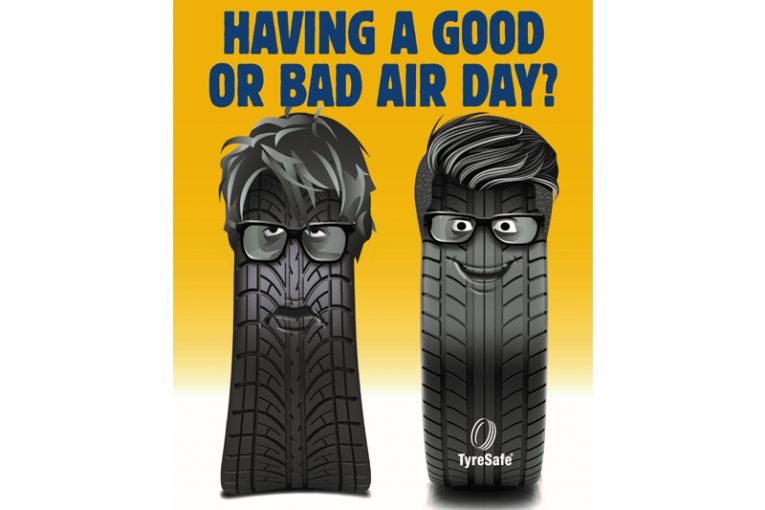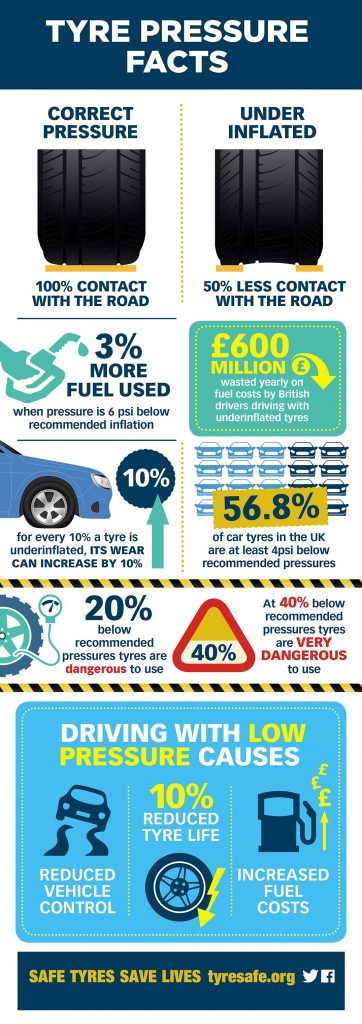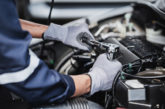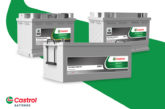
As Tyre Safety Month kicks off, TyreSafe has a question for you – Are you having a Good or Bad Air Day?

It’s likely you’re having a bad air day and don’t even realise it.
That’s because more than half the tyres on Britain’s cars and vans are being driven under-inflated. That increases their chances of being involved in a tyre related incident on the roads. Not only does the vehicle become more difficult to control, the amount of tyre in contact with the road can be halved. If it isn’t touching the road properly, a tyre’s grip is compromised, meaning it takes longer to stop, especially in the wet.
Driving with under-inflated tyres also runs up unnecessary bills. A tyre can wear 10% more quickly if it’s 10% below the manufacturer’s recommended settings and the extra effort needed to turn the wheels means the vehicle burns use more fuel.
In fact, research by TyreSafe shows an extra £600* million is potentially being spent on fuel bills by drivers because their tyres are underinflated. It’s also adding to the amount of CO2 the vehicle burns.
To reduce the risks while driving and save themselves money, drivers are reminded to check their air pressures at least once a month and before long journeys.
Stuart Jackson, Chairman of TyreSafe, said: “Keeping tyres properly inflated is easy to do, keeps drivers and other road users safe, and saves money. It’s a win-win situation so it’s remarkable how many motorists don’t ensure the pressures are correct for the vehicle and the load it is carrying. Tyre Safety Month is the ideal time to start the routine of ensuring every driving day is a good air day.”
Vehicles typically have two tyre pressure settings. These will need to be adjusted depending on whether the vehicle is fully loaded or has a light load. Most vehicles have these displayed either in the fuel filler cap, door shut or even glovebox, but they will certainly be in the owner’s handbook.
Don’t forget to check the spare tyre at the same time and be sure the tread depth is above the minimum limit of 1.6mm and it’s in roadworthy condition without cuts bumps or bulges.









